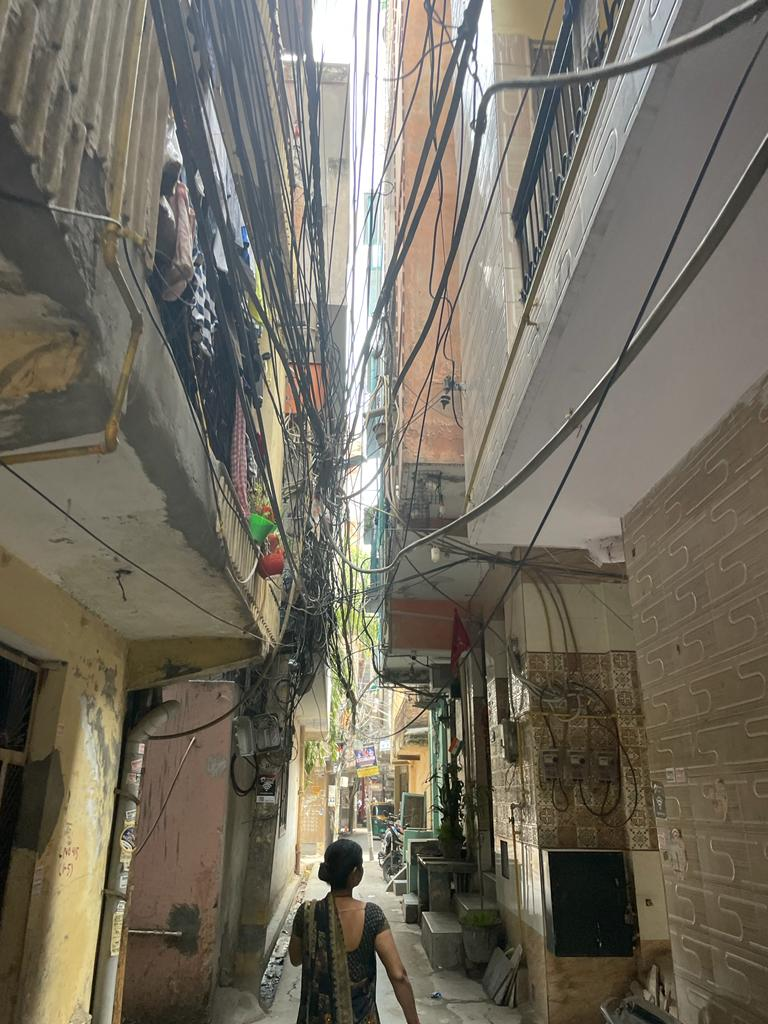City Know-hows

What makes a city truly happy? Drawing on research from nine global megacities, this study identifies the most important factors that foster happiness in urban public spaces. Put these 18 evidence-based criteria to work and transform your city’s streets, parks, and squares.
Share
Target audience
City mayors and urban policymakers in developing countries, municipal urban design and planning officers, and community-based organizations working to improve city life.
The problem
I see that rapid and unplanned urbanization in developing country megacities often leads to environments that undermine citizens’ happiness, health, and well-being. Unlike developed countries, these cities face unique challenges—social inequality, pollution, car dependency, and scarce green spaces. There is little practical guidance on how to create happy urban spaces suited to local realities. I wanted to address this gap and help decision-makers prioritize effective actions for happier, healthier urban environments.
What we did and why
I systematically reviewed international research and then interviewed 25 urban experts from nine major cities across Asia, the Middle East, and Latin America. Using rigorous coding and a prioritization technique (SWARA), I identified and ranked 18 core factors that most strongly contribute to happiness in urban public spaces. This approach lets city leaders focus on what matters most—based on local context, expert consensus, and proven impact—so that limited resources go to interventions with the greatest effect.
Our study’s contribution
My research delivers a clear, prioritized checklist of 18 actionable factors—including walkability, opportunities for play, music, trees and green space, color, and public art—that city leaders can use to evaluate and design happier urban spaces. The ranking reflects the lived realities and constraints of developing megacities, helping practitioners focus on practical changes. This model can be used to assess current spaces, guide new projects, and inspire policies that foster collective well-being and social cohesion.
Impacts for city policy and practice
I recommend that city policymakers and practitioners use the prioritized list to guide urban design and improvement efforts. Start by investing in walkability, green spaces, playful environments, and vibrant cultural activities. Engage local communities in planning and maintenance to ensure spaces are inclusive and context-appropriate. Even with limited budgets, focusing on these top factors can deliver visible improvements in happiness, health, and social life—making your city more attractive, equitable, and resilient.
Further information
Full research article:
Identifying factors influencing happy urban spaces in the megacities of developing countries by Pourya Pirmoradi, Delaram Garshasbi & Mahdiye Noormohammadi Lafmajan
Related posts

Assessing the urban environment is crucial for enhancing mental well-being. It is imperative to identify relevant indicators and establish a comprehensive framework to measure the impact effectively. This approach is essential for initiating strategic interventions aimed at improving mental health outcomes.

To plan equitable climate interventions in times of systemic crisis, cities must be trauma-informed and make healing justice a key feature of urban resilience planning.

I use the travelogue methodology to investigate urban health and sustainable development in relation to the Mekong River in northeastern Thailand, revealing new insights and bringing travel to urban areas near the river into knowledge production.